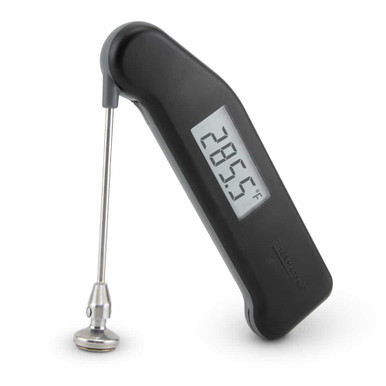@namasteIII After playing around with some very crude heat battery ideas, it seems to me that they require a lot of heat input in order to store enough heat for the required output. There is just so much heat loss during the heat transfer, no matter which way you go, that I don't really see it as a viable portable option. I think the best version of the heat battery is likely some sort of plug-in desktop that stays on at all times. If you follow that design path, I think you'd end up with something like the Couchlog.
For my style of use, I love on-demand heating, and the ability for at least some level of outdoor portability, even if it's just for camping trips or picnics.
@MoltenTiger I've been thinking more about the USB-C PD route, and I think it has some key advantages. The newest battery banks pack a lot of power into a relatively tiny package. You get all the safety features built in, and a steady constant voltage output, which acts like it's own regulated power supply.
The vaporizer itself doesn't need to house any of those bulky electronics, it's all contained in a battery bank. And these battery banks can always be upgraded at a later date.
Like you mentioned, a wall charger could be included for at home use.
Pairing the above power sources with an "unregulated" heater (like the style I make for the Nomad/Toad) would give you partial regulation in the form of a constant voltage, so you wouldn't have any voltage change as the battery level drops.
I've drawn out some ideas...
The base unit is seen on the left. It would be quite small, able to fit in the palm of your hand. You can see the USB-C cable plugged into the bottom, that'll give some sense of scale.
I imagine using the thinner and more flexible silicone insulated USB-C cables, for a higher quality feel.
It would be a simple on-off heater operation, same as the Nomad/Toad.
The main difference being that I could make the heater much larger, higher mass, and higher surface area. The higher mass would give a slightly longer heat up time, maybe about 10 seconds, but this would allow for a larger window where the heat output is optimal. A slower heat up with more stored heat is easier to control manually, vs a smaller heater that heats up faster.
The heater would be very similar to the ribbon coil I developed, but with thicker ribbon and a wider over-all diameter. This heater would be non-removable.
I would likely be using the 12v or 15v output standard, with a heater wattage of around 30-45w. This allows for greater battery bank compatibility, and from experience, this seems like a good wattage range for unregulated heaters, where it's not going to run way too hot.
I imagine a herb chamber diameter of around 14-18mm. The herb chamber would be in the form of a removable glass capsule. The glass capsule could be left in the vape most of the time, and loaded directly like a regular bowl, or...with multiple glass capsules on stand-by for swapping them between sessions. Glass capsules would likely run about $3 - $5 each, so they could be easily replaced if broken.
The "stem" portion of the above drawings are all glass, but I imagine you could also do a glass dome with wood stem, or all wood, or other combinations. There would also be an adapter for WPAs that keeps the herb chamber upright, no need to flip the entire thing upside down..... The point being that the USB-C cord is always facing downwards.
I have really grown to love longer stems, and curves provide great cooling.
The glass herb chamber combined with the glass stem gives a clear view of the herb chamber in use. You can watch the vapor flow directly out of the herb chamber, and check the color of your AVB without needing to disassemble anything. These two points are nice creature comforts when you're using a manual heat source with stem cooling, since you can directly see what's going on as you're vaping.
The main connection between the body and stem is shown as an O-ring connection... which I prefer over a taper joint.
Anyhow, just playing around... I feel like this thread has already steered me away from some dead-end ideas... It feels like I'm better able to wrap my head around designs after I post them here...for whatever reason. Thanks for playing along!
p.s. - The Shargeek Storm2 and Storm2 slim would be great companion battery banks to pair with this. Their cyberpunk design and high quality would maintain the cool vibe throughout the entire package, no need to pair this thing with a boring black plastic box. There are also plenty of high-end USB-C cable makers out there who can customize your cable with woven wraps, coiled cords, etc..etc.. So, lots of fun options there as well!








